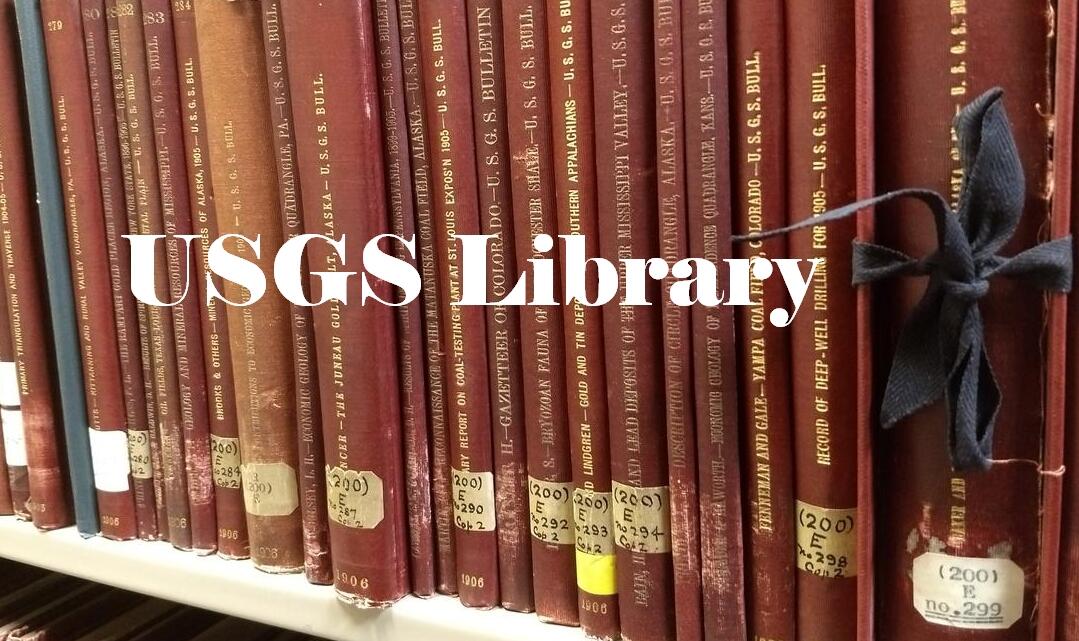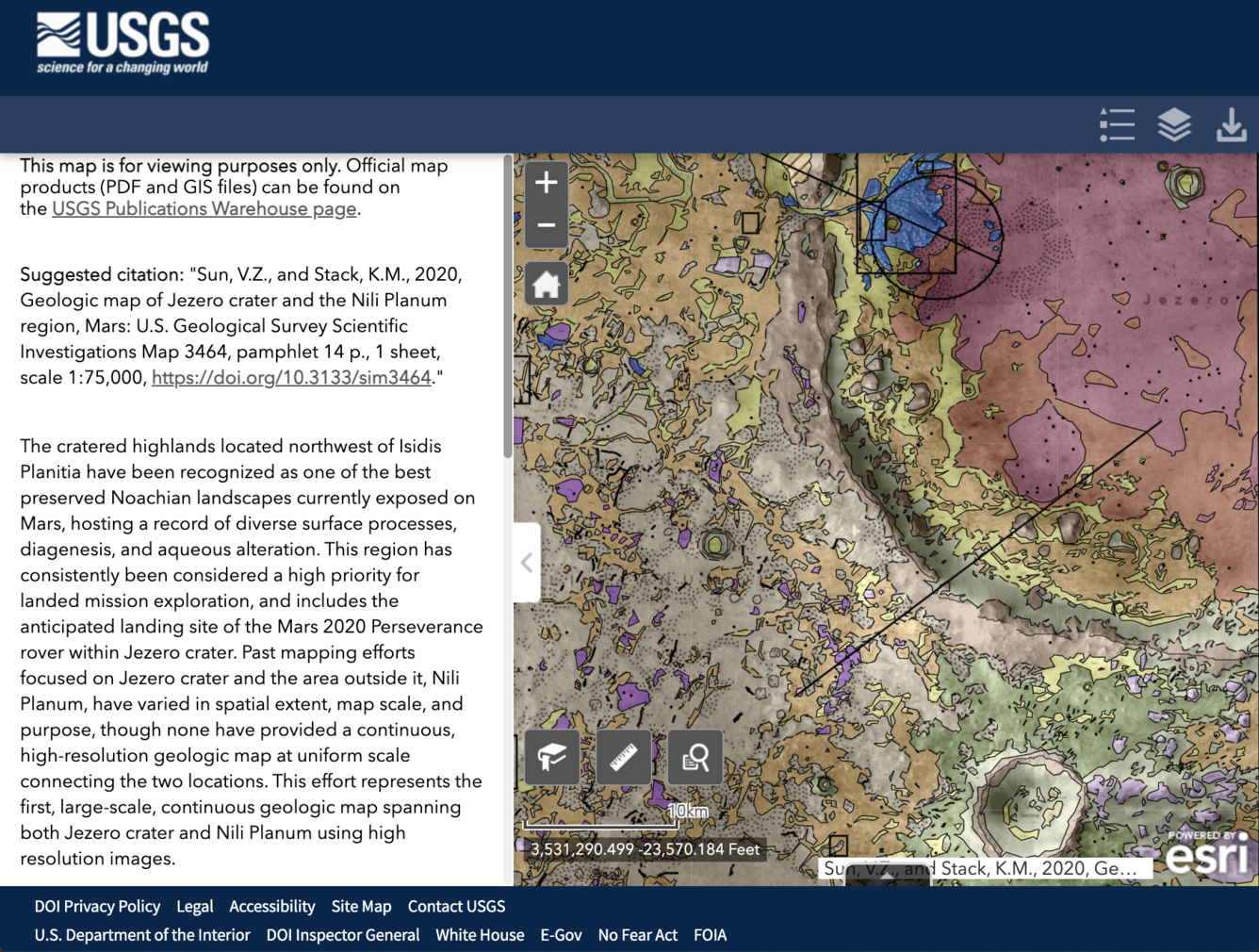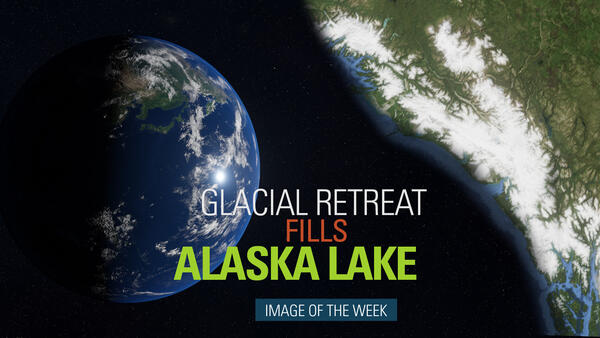Image of the Week: Glacial Retreat Fills Alaska Lake
Image of the Week: Glacial Retreat Fills Alaska LakeThe visible impact of climate change on the Earth’s surface is often clearest in the Arctic’s receding glaciers and swelling glacial lakes. Southeastern Alaska’s Harlequin Lake is one of the fastest-growing in North America. These false color Landsat images show the rapidly-retreating Yakutat Glacier, which feeds the lake.













































